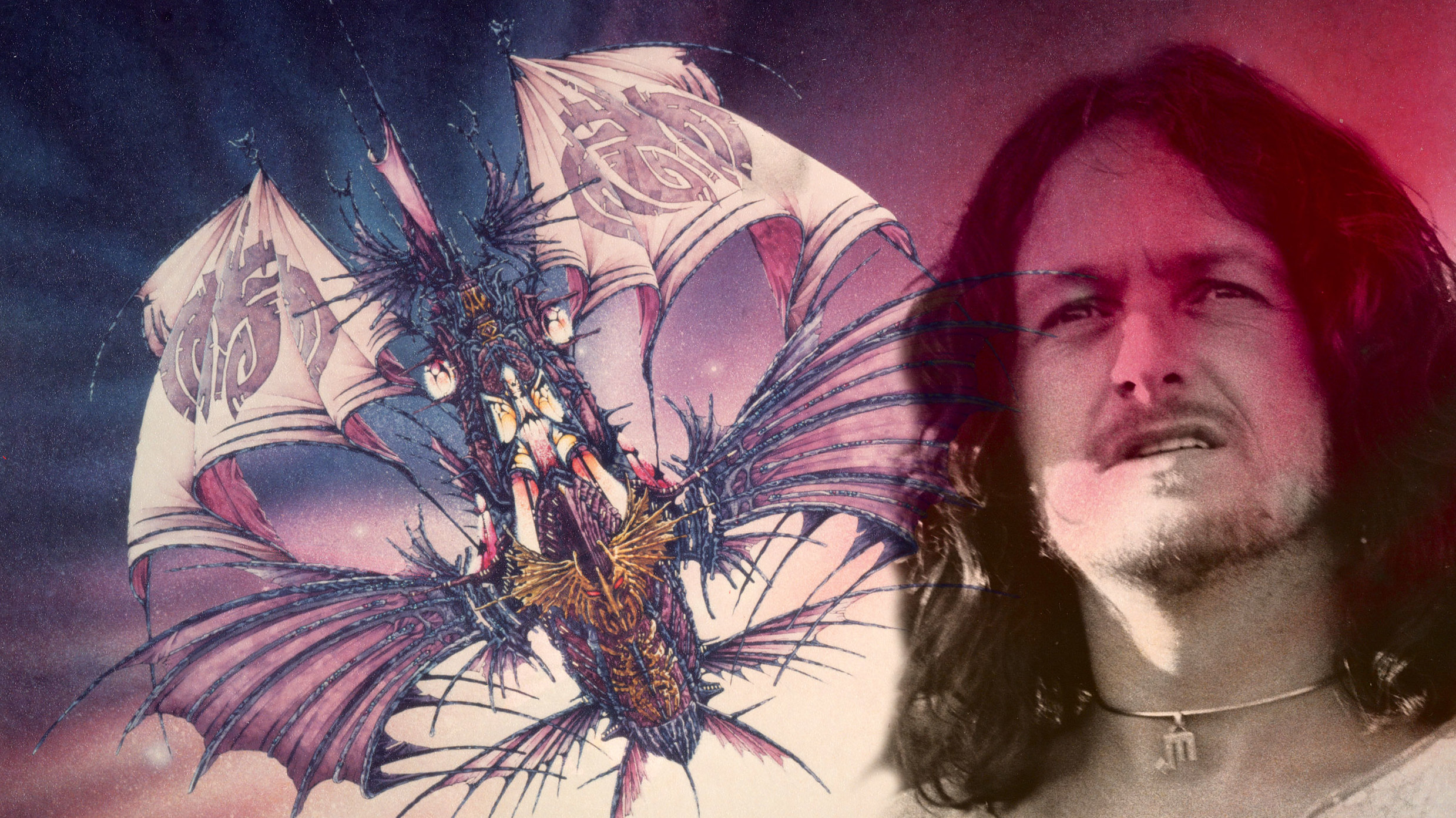
www.godupdates.com
A Prayer When Fear Creeps In – Your Daily Prayer – July 9
A Prayer for When Fear Creeps InBy Alicia Searl
"When I am afraid, I put my trust in you." – Psalm 56:3
"I'm scared," I whispered to my husband as we sat in the lobby of a psychologist’s office, awaiting our appointment. We were about to bear our hearts and souls to a woman we had never met before. Our hearts were already heavy and utterly raw, feeling as if they had been rubbed by the roughest form of sandpaper. Yet there we sat, waiting for our names to be called, only to openly share the struggles and challenges we had been facing with our daughter over the last two years.
Was this the answer? Would this cause some of the dreaded fear we had been lugging around for so long to finally subside? We had no idea what we were in for. Everything looked bleak, and it felt as if we had been living in a fog. My weary and heavily burdened momma’s heart wrestled with what the outcome might look like, wondering if a diagnosis would bring relief or more pain. Would we be judged as ill-fit parents because we somehow failed her? Would we receive news we weren't going to be able to handle? My husband took my hand and glanced my way to share that he was scared, too.
Fear. Just the sound of the word can strike a chord. That's because it is such a powerful force. It can either drive us closer to God or cause us to drift away as we clumsily seek comfort and any source of calm.
When fear is stoked within us, our innate and natural response alerts our nervous system, signaling that something is wrong and we must react. Sometimes, that reaction could be coping by reaching for that half-empty bottle or withdrawing from others. Sometimes it causes us to grow angry or plan for the worst, which ends up usually bringing out our worst. Other times, we experience the physical effects of fear with rapid heartbeat and increased breathing.
This is where I found myself. I had succumbed to a place where I physically was unable to fight, and my body was starting to show it. I had chest pain, low energy, and several panic attacks that woke me in a cold sweat many nights. Sadly, this ultimately caused friction in our home and made me completely unable to fight for our daughter.
Then, I was met with the verse found in Psalm 56:3. David, a man who practically seemed immune to fear between fighting a giant and remaining steadfast under constant oppression and trials, openly shares that he is afraid. David, a man known for his bravery and courage, admits he is fearful and can only gain peace by trusting God.
David models for us the way we should respond to fear. And that, my friend, is by trusting God to fight the battle for us! While I am still learning this myself, and continue to fight an internal war on fear, I am reminded that God is not only in this battle with me but fighting for me and my precious daughter.
Oh, darling friend, God is fighting for you too! If you are being choked out by fear and turning to your own devices, will you join me in trusting God and letting Him care for your anxious heart?
Let's pray:
O God, we are so thankful that You are not only good and gracious to us, but You are our fearless and bold defender. We cannot begin to shower You with enough praise for fighting our battles and restoring peace and calm to our weary souls and anxious hearts. In all honesty, it is so hard to remember this truth. Thank you for the promise of Your presence. You promise to be with us even when we are faced with sabotaging fear. Selfishly, we tend to turn to the things that provide immediate but fleeting relief from the crippling grips of fear. So, we humbly come before You and ask for Your grace and forgiveness where we have not trusted in You. Lord, it is evident that we need Your strength, especially in times of intense fear.
We ask that You would calm the waves in our fearful storms and grant us Your peace and comfort, along with the serenity of still waters only You can give. We know that as we place our trust in You, our fears will not only subside but will offer us a safe refuge to hide as You fight on our behalf. For that, we are so grateful that we serve a loving and fearless God. We love you, Lord and pray that with You on our side, we can live with courage. In Jesus' name. Amen.
Photo Credit: ©iStock/Getty Images Plus/AaronAmat
Alicia Searl is a devotional author, blogger, and speaker that is passionate about pouring out her heart and pointing ladies of all ages back to Jesus. She has an education background and master's in literacy. Her favorite people call her Mom, which is why much of her time is spent cheering them on at a softball game or dance class. She is married to her heartthrob (a tall, spiky-haired blond) who can whip up a mean latte. She sips that goodness while writing her heart on a page while her puppy licks her feet. Visit her website at aliciasearl.com and connect with her on Instagram and Facebook.
Teach Us to Pray is a FREE prayer podcast hosted by iBelieve writer Christina Patterson. Each week, she gives you practical, real-life tips on how to grow your faith and relationship with God through the power of prayer. To listen to her episode on What to Pray in the Morning for a Worry-Free Day, click below!
Now that you’ve prayed, are you in need of someone to pray for YOU? Click the button below!
Visit iBelieve.com for more inspiring prayer content.
The post A Prayer When Fear Creeps In – Your Daily Prayer – July 9 appeared first on GodUpdates.

















